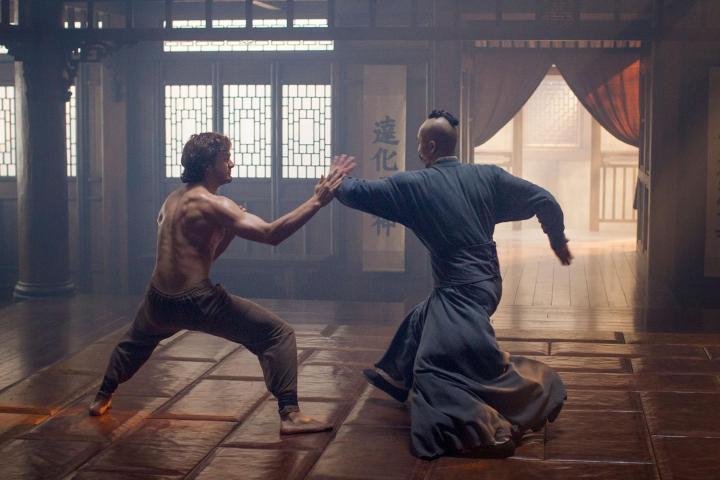
Related: Stream your favorite TV shows and movies with Amazon Fire TV
The first season of the Netflix original series Marco Polo has been available in HDR for days, as was first spotted by FlatpanelsHD. Netflix has yet to officially announce the new capability, but has confirmed to Digital Trends that HDR, which is often referred to as the secret sauce that makes 4K content all the more brilliant, is indeed live and ready to stream on its historical drama and will soon make its appearance on other titles as well.
“As of mid-March, we have been providing both Dolby Vision and HDR10 streams to supported TVs, giving Netflix members an even more visually stunning experience,” a Netflix representative told Digital Trends. “Marco Polo Season 1 is available now, with more titles — including Marvel’s Daredevil — coming soon.” It should be easy enough to find new content when it’s added, since the Ultra HD 4K badge will apparently be replaced with a simple HDR badge on supported series to help them stand out.
Netflix says that since every 4K Ultra HD TV released in 2016 from a major manufacturer will be compatible with either Dolby Vision or HDR10, it’s only a matter of time until its HDR streams are available en masse. Vizio and LG currently have Dolby Vision enabled, while TVs from other companies like Sony either provide HDR10 out of the gate, or can be updated with support, as that company’s 2015 models received last fall.
Marco Polo may seem an odd choice as it’s not exactly one of Netflix’s hottest titles, but the high-budget period drama was shot natively in HDR, and Netflix says it had “great enthusiasm from the creative team” making it an easy first choice. Season two of the show will also be available with HDR support fairly soon, with the official release slated for June of this year. Netflix has yet to disclose when other titles such as Daredevil will follow.
Much of the current hype around televisions focuses on 4K resolution, but as far as Netflix is concerned, HDR is much more important. “I think HDR is more visibly different than 4K,” Netflix chief product office Neil Hunt told Digital Trends in February. “Over the past 15 years, we have had plenty of increments of pixels on the screen, and from what we saw with digital cameras, pixel count eventually stopped being interesting.”
Netflix isn’t alone in the HDR game — Amazon has been showing originals like Mozart in the Jungle and Red Oaks in HDR since June of 2015. Our experience with Amazon’s version so far has been a mixed bag. Artifacts, possibly due to compression (or simply the limitations of high-speed internet at present), make it hard to fully appreciate the richer contrast and wider color gamut HDR can offer. We’re hoping the Netflix version can improve on the experience.
That said, while HDR support’s arrival in more TVs means that more content will start to be shot for HDR from the beginning, it’s going to be a slower process for older shows and movies. Hunt compares adding HDR to older content to colorizing a black and white movie — a lot of effort is needed, but it may still be worth it for a grander picture in the end. Until then, for those who already own or are thinking about purchasing a new 4K Ultra HD TV with HDR support, it may be time to give Marco Polo a shot.


